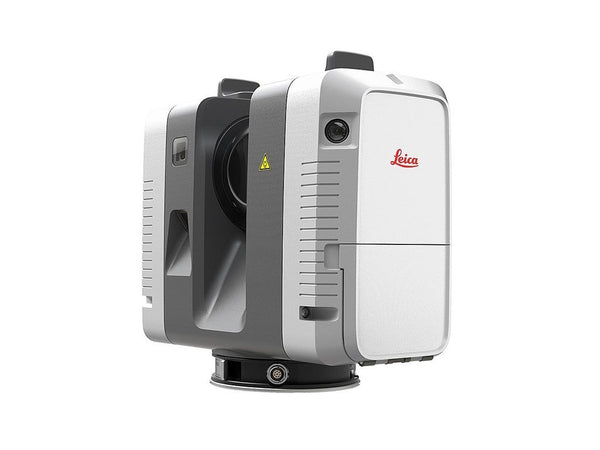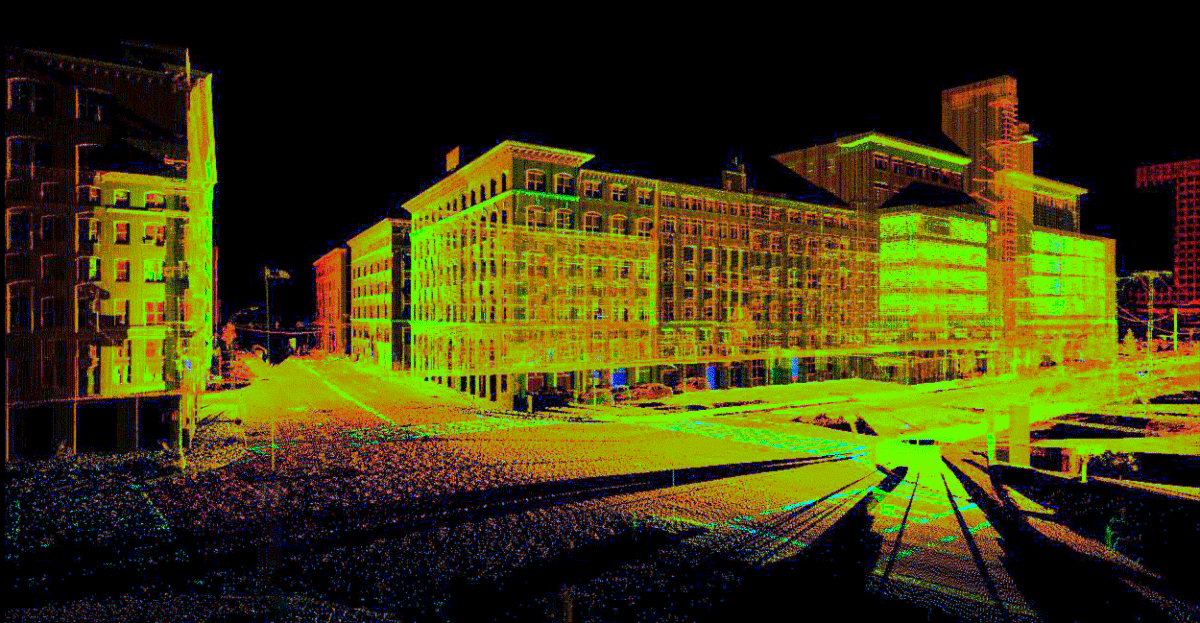The Future of 3D Scanning in Construction
Wiki Article
Just How 3D Laser Scanning Revolutionizes Architectural Design and Building And Construction Projects
3D laser scanning is changing the landscape of architectural style and building and construction. This modern technology provides unrivaled accuracy in capturing existing environments, which assists in better project planning and implementation. It lowers errors while boosting effectiveness in different phases of growth. The implications for cooperation among engineers, engineers, and various other stakeholders are substantial. These advancements open up the door to brand-new layout possibilities and innovative remedies. What lies ahead for this advancing innovation?The Principles of 3D Laser Scanning Modern Technology
3D laser scanning innovation might seem complex, its core principles are uncomplicated and transformative for architectural design. This modern technology uses laser beam of lights to record precise measurements of physical frameworks, generating a comprehensive point cloud that represents the scanned setting. A laser scanner discharges fast pulses of light, gauging the moment it takes for the light to return, which permits the calculation of ranges with impressive accuracy.The resulting point cloud can be exchanged a 3D version, giving designers with vital visual data. This model makes it possible for specialists to analyze and adjust layout elements within their projects, permitting innovative solutions and boosted visualization. By utilizing 3D laser scanning, engineers can much better comprehend the present conditions of a site, ensuring that brand-new styles integrate with their environments. This assimilation of technology into building style notes a substantial development, cultivating creativity and precision in the field.

Enhancing Accuracy and Effectiveness in Architectural Projects
As architectural jobs progressively demand precision and speed, 3D laser scanning arises as a crucial tool in enhancing both accuracy and effectiveness. This innovation records countless information points in a quick duration, creating precise and detailed 3D designs of existing frameworks. The capacity to get precise measurements decreases the risk of mistakes throughout the layout stage, enabling designers to imagine their tasks with unparalleled clarity.Furthermore, the rapid data collection process decreases the time invested on-site, making it possible for teams to concentrate on analysis and design improvements. With real-time information accessibility, changes can be made swiftly, advertising a more structured workflow. The assimilation of 3D laser scanning right into building practices not just enhances measurement precision however likewise boosts the general task timeline, promoting quicker decision-making. In a sector where accuracy is essential, this innovation stands as a transformative force, boosting the requirements of architectural design and building tasks.
Enhancing Collaboration Amongst Stakeholders
While typical architectural procedures commonly involve fragmented interaction amongst stakeholders, 3D laser scanning promotes an extra natural collective atmosphere. By offering specific, high-resolution data, this innovation permits architects, service providers, customers, and engineers to operate from a unified factor of referral. The thorough visualizations created with laser scanning eliminate false impressions and obscurities, ensuring that all parties have accessibility to the exact same information.This transparency improves decision-making and encourages timely responses, as stakeholders can easily envision design components and spatial partnerships. Furthermore, the combination of 3D scanning data right into Structure Details Modeling (BIM) systems even more improves cooperation, permitting real-time updates and modifications. Such smooth communication not just minimizes conflicts however likewise accelerates project timelines, as all stakeholders continue to be straightened throughout the design and building and construction phases. Ultimately, 3D laser scanning changes conventional process into a more effective and collective process, profiting all events involved.
Unlocking Imaginative Possibilities in Style
By making it possible for designers to imagine complicated spatial partnerships and detailed information, 3D laser scanning discloses imaginative opportunities in design. This innovation enables precise mapping of existing environments, enabling engineers to explore cutting-edge ideas that may have previously appeared unwise. With highly exact data, designers can experiment with non-traditional forms and products, pressing the limits of traditional style.In addition, the integration of 3D laser scanning into the style process cultivates partnership amongst multidisciplinary teams, motivating the exchange of concepts and enhancing creative thinking. The comprehensive visualizations generated by this innovation not only aid in identifying prospective layout challenges yet likewise influence solutions that could not have actually been considered. Because of this, architects can produce much more interesting and dynamic spaces that reverberate with users while satisfying functional needs. Ultimately, 3D laser scanning changes the building landscape, encouraging designers to realize their visions with unprecedented accuracy and imagination.
The Future of 3D Laser Scanning in Architecture and Construction
The assimilation of 3D laser scanning into architectural style not only boosts creativity however additionally establishes the stage for its advancing role in the future of style and construction. As modern technology developments, the accuracy and performance of laser scanning will certainly remain to improve, allowing builders and designers to produce much more complex styles with accuracy - 3D Scanning. The usage of this technology in real-time information collection will certainly promote far better decision-making, lowering mistakes and improving processFuture applications may include enhanced and digital truth assimilations, permitting stakeholders to envision tasks in immersive atmospheres. On top of that, as sustainability becomes a concern, 3D laser scanning will certainly support the advancement of energy-efficient layouts by giving thorough understandings right into existing frameworks. As cooperation among various self-controls ends up being even more vital, the capacity to share exact 3D versions will cultivate development and enhance discover this info here task outcomes. Eventually, 3D laser scanning investigate this site will certainly redefine requirements in building layout and building techniques.
Frequently Asked Questions
What Is the Price of Implementing 3D Laser Scanning Technology?

The length of time Does a Common 3D Laser Scanning Job Take?
A common 3D laser scanning task can take anywhere from a few hours to several days, depending on variables such as the task's size, complexity, and the degree of information required for precise information capture.What Sorts Of Projects Advantage Most From 3D Laser Scanning?
3D laser scanning advantages various projects, specifically large buildings, historical repairs, and intricate restorations. It boosts accuracy in measurements, reduces mistakes, and supplies comprehensive information crucial for efficient planning and implementation in building style and building and construction.
Are There Certain Software Application Programs Required for 3D Laser Scans?
Yes, details software programs are important for refining 3D laser scans. 3D Scanning. Popular options consist of Autodesk ReCap, Faro Scene, and Leica Cyclone, each offering unique functions customized for examining and visualizing scanned information properly in different tasksJust How Does 3D Laser Scanning Impact Environmental Sustainability in Construction?
3D laser scanning improves ecological sustainability in building and construction by decreasing material waste, enabling precise measurements, and advertising reliable source use. This technology enables better preparation, decreasing the ecological footprint of building and construction tasks through improved precision and efficiency.3D laser scanning is changing the landscape of architectural layout and construction. 3D laser scanning technology might seem facility, its core concepts are transformative and straightforward for architectural style. By allowing architects to visualize complex intricate information and spatial partnerships, 3D laser scanning reveals innovative possibilities in design. The integration of 3D laser scanning into the design process promotes cooperation among multidisciplinary teams, encouraging the exchange of concepts and enhancing creativity. learn the facts here now The assimilation of 3D laser scanning right into architectural design not only enhances creative thinking but additionally establishes the phase for its progressing duty in the future of architecture and building and construction.
Report this wiki page